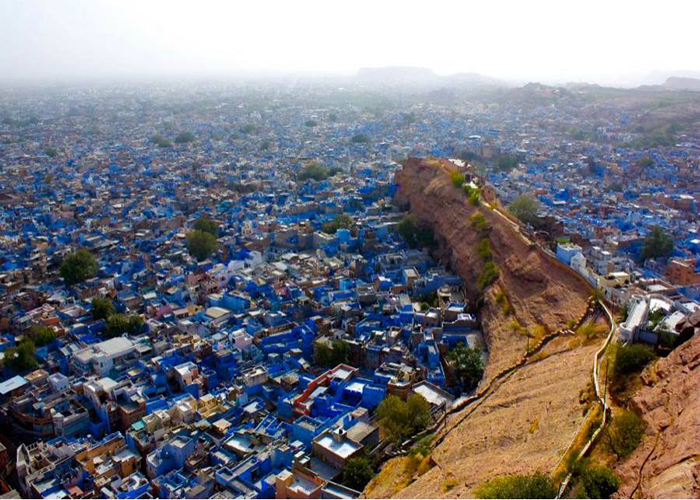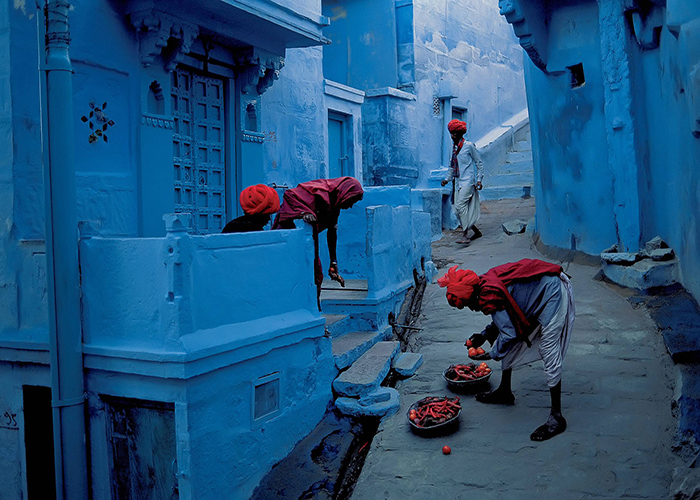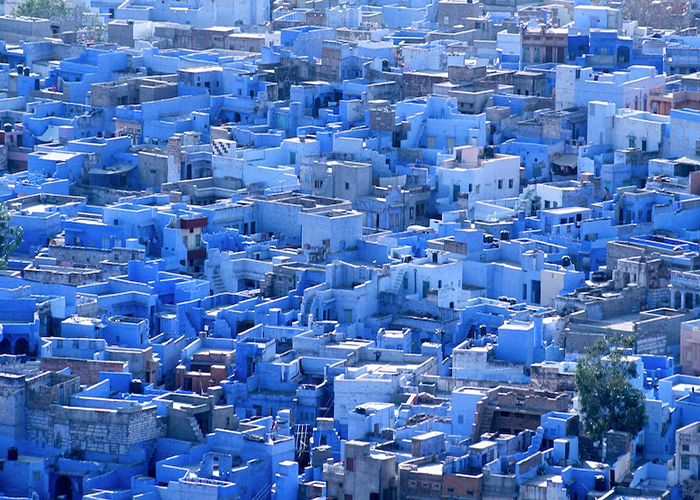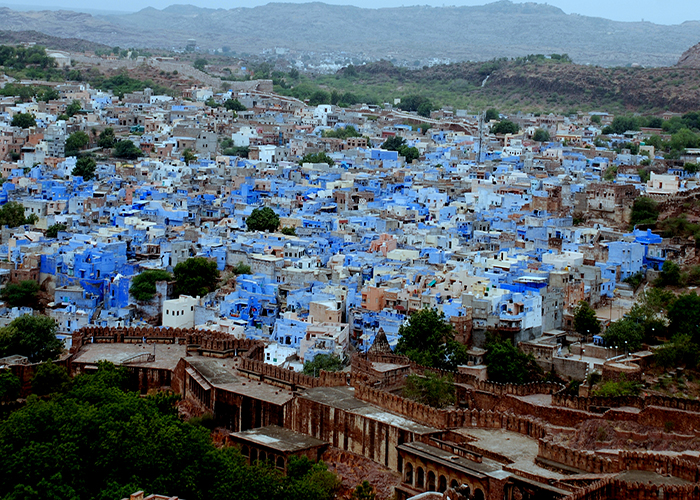+91-9829116617
Info@namasterajasthan.com
+
Blue City Walk Jodhpur
Duration: 1 Day
- Duration : 1 Day
- Locations Covered: City Walk in Jodhpur
Itinerary
Around Mehrangarh’s base, the old city, a jumble of Brahmin-blue cubes, stretches out to the 10km-long, 16th-century city wall. The Blue City really is blue! Inside is a tangle of winding, glittering, medieval streets, which never seem to lead where you expect them to, scented by incense, roses and sewers, with shops and bazaars selling everything from trumpets and temple decorations to snuff and saris.
Traditionally, blue signified the home of a Brahmin, but non-Brahmins have got in on the act too. As well as glowing with a mysterious light, the blue tint is thought to repel insects.
There are three reasons quite prevalent for this blue coloring of houses in Jodhpur.
- Brahmans : This priest caste considers blue color auspicious. And they were mostly
concentrated near fort. - Heat : mostly locals will tell you this reason, Blue color being a good reflector of sunrays
keeps houses cool and is also asthetic. Jodhpur is among the cities receiving highest
sunny days. Its also called ‘Suncity’. - Termites : A third reason also came out later, which claims that it was to repel the termites. Termites used to destroy the walls and structures made up of lime mixture.
Copper sulphate is effective in repelling the insects. And copper sulphate under certain conditons turns blue, giving the hoses their famous color.
Later it became a practice to color them blue.



